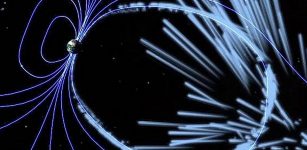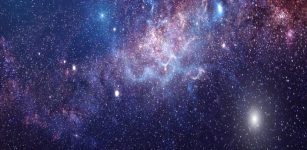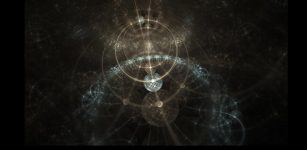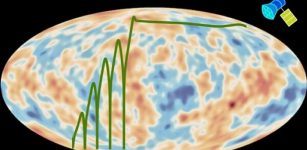Researchers Use AI To Estimate Dark Matter Content In The Universe
Eddie Gonzales Jr. – MessageToEagle.com – Researchers from the Department of Physics and the Department of Computer Science at at ETH Zurich, try to improve on standard methods for estimating the dark matter content of the universe through artificial intelligence.
They used cutting-edge machine learning algorithms for cosmological data analysis that have a lot in common with those used for facial recognition by Facebook and other social media.
“Facebook uses its algorithms to find eyes, mouths or ears in images; we use ours to look for the tell-tale signs of dark matter and dark energy,” Tomasz Kacprzak, a researcher in the group of Alexandre Refregier at the Institute of Particle Physics and Astrophysics, said in a press release.
As dark matter cannot be seen directly in telescope images, physicists rely on the fact that all matter – including the dark variety – slightly bends the path of light rays arriving at the Earth from distant galaxies. This effect, known as “weak gravitational lensing“, distorts the images of those galaxies very subtly, much like far-away objects appear blurred on a hot day as light passes through layers of air at different temperatures.
Cosmologists can use that distortion to work backwards and create mass maps of the sky showing where dark matter is located. Next, they compare those dark matter maps to theoretical predictions in order to find which cosmological model most closely matches the data.
“In our recent work, we have used a completely new methodology”, says Alexandre Refregier.
“Instead of inventing the appropriate statistical analysis ourselves, we let computers do the job. This is where Aurelien Lucchi and his colleagues from the Data Analytics Lab at the Department of Computer Science come in. Together with Janis Fluri, a PhD student in Refregier’s group and lead author of the study, they used machine learning algorithms called deep artificial neural networks and taught them to extract the largest possible amount of information from the dark matter maps.
The results of that training were encouraging: the neural networks came up with values that were 30% more accurate than those obtained by traditional methods based on human-made statistical analysis.
For cosmologists, that is a huge improvement as reaching the same accuracy by increasing the number of telescope images would require twice as much observation time – which is expensive.
More – here
Written by Eddie Gonzales Jr. – MessageToEagle.com Staff


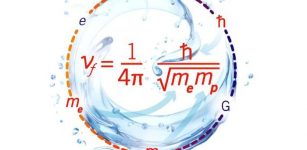
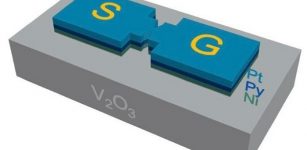
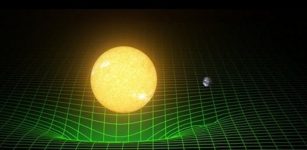
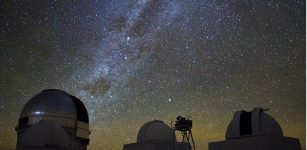
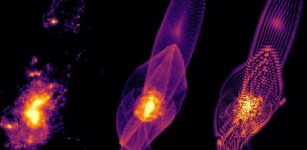
![Crystallographic structure of a cuprate Yttrium barium copper oxide, which is a high temperature superconductor. [CC: Julien Bobroff, LPS, Orsay, France]](https://www.messagetoeagle.com/wp-content/uploads/2022/01/superconductmystery1-307x150.jpg)
